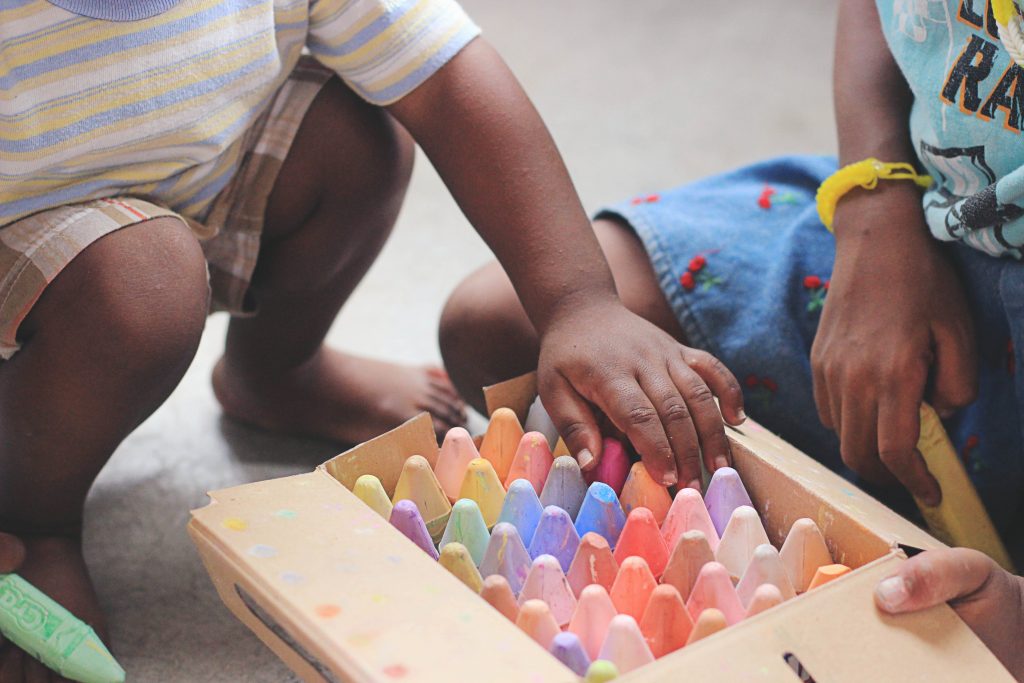Are you looking ways to teach students not to tattle? If so, keep reading.
1. If the student has difficulty playing nicely with others, do not let them have playtime.
2. Make sure that others are friendly and cooperative when interacting with the student.
3. Urge the student to play with peers who do not tattle.
4. Inform the student that before tattling, make sure the situation is essential enough to involve an adult.
5. Do not force the student to play with other children. Let the student pick their own friends.
6. Ascertain what the student most regularly tattles about (e.g., not playing a specific game fairly, someone calling names, someone playing with a specific toy, etc.), and remove whatever it is from the student’s situation (e.g., take the game away, do not have the student interact with someone who calls them names, remove the toy that always causes problems, etc.).
7. Ascertain if there is a legitimate reason for the student to report the behavior of others (another student may be playing too roughly, breaking toys, etc.).
8. Converse with the student about ways of handling situations successfully without tattling (e.g., walk away from the situation, change to another learning experience, ask for help, etc.).
9. Make sure there are enough learning materials for all students so that sharing is not a problem.
10. Select a peer to model appropriate behavior for the student.
11. Connect with parents (e.g., notes home, phone calls, etc.) to disseminate information about the student’s progress. The parents may reinforce the student at home for not tattling.
12. Draft an agreement with the student stipulating what behavior is required (e.g., not tattling) and which reinforcement will be implemented when the agreement has been met.
13. Praise the student for demonstrating appropriate behavior based on the duration of time the student can be successful. As the student shows success, slowly increase the duration of time required for reinforcement.
14. Praise those students in the classroom who do not tattle.
15. Create classroom rules: • Complete every assignment. • Remain in your seat. • Finish tasks. • Meet task expectations. • Raise your hand. Examine rules often. Praise students for following the rules.
16. Converse with the student to explain (a) what the student is doing wrong (e.g., tattling) and (b) what the student should be doing (e.g., paying attention to their own learning activities ).
17. Praise the student for demonstrating appropriate behavior: (a) give the student a concrete reward (e.g., privileges such as leading the line, handing out learning materials, 10 minutes of free time, etc.) or (b) give the student an informal reward (e.g., praise, handshake, smile, etc.).
18. Consider using a classroom management app. Click here to view a list of apps that we recommend.
19. Consider using an adaptive behavior management app. Click here to view a list of apps that we recommend.
20. Consider using Alexa to help the student learn to behave appropriately. Click here to read an article that we wrote on the subject.
21. Click here to learn about six bonus strategies for challenging problem behaviors and mastering classroom management.











